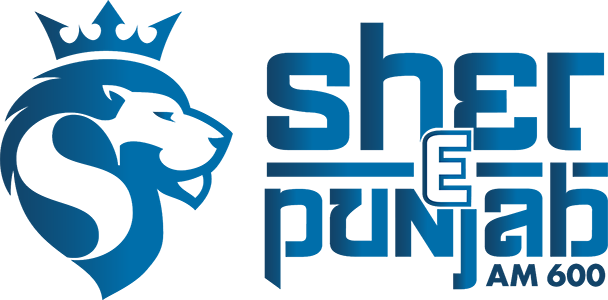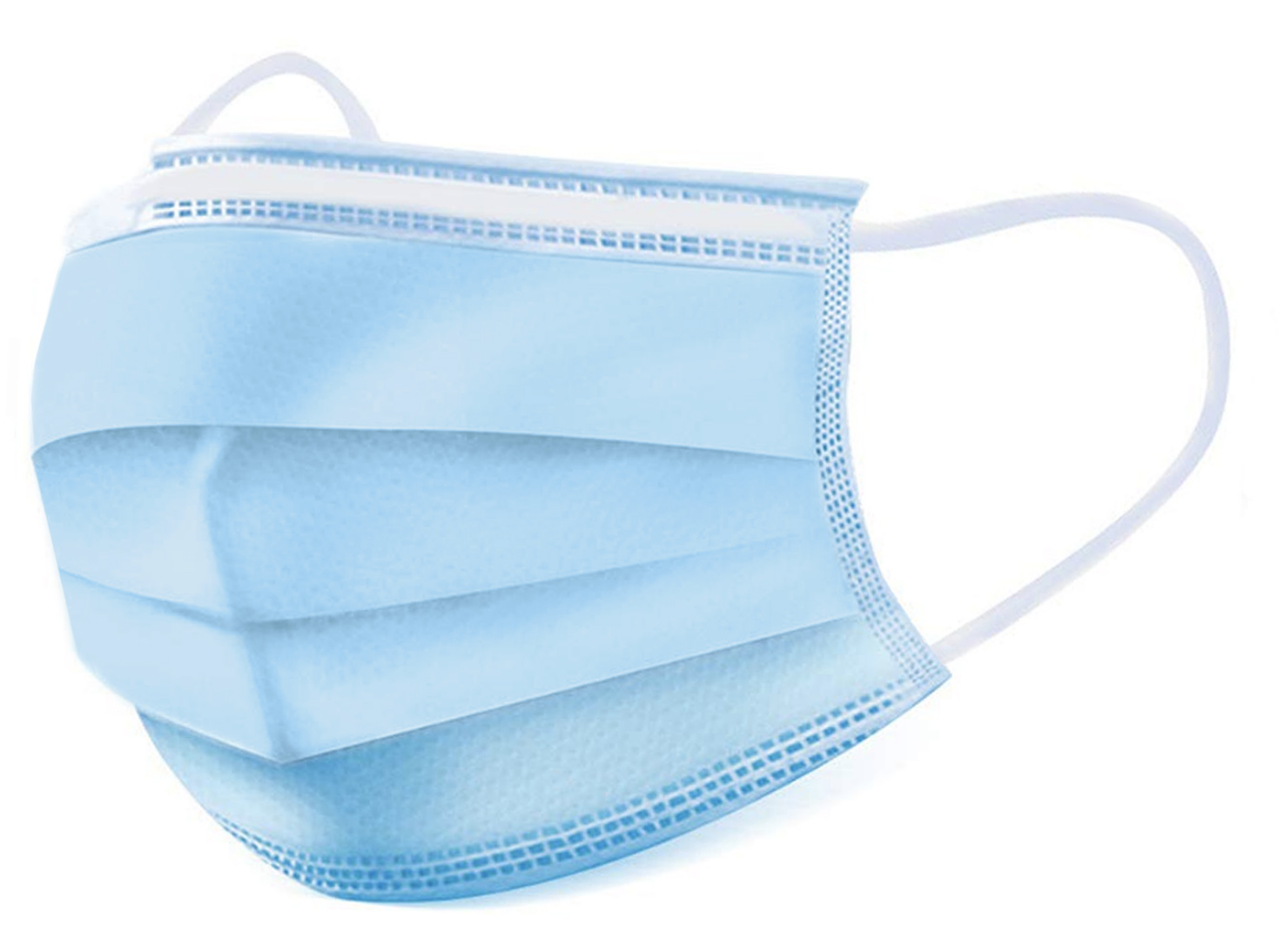Government is updating its K-12 education health and safety guidelines to require masks for kindergarten to Grade 3 students.
“In-person learning is crucial for the social and educational well-being of students. The health and safety guidelines in our schools were developed under the guidance and direction of the Public Health Office (PHO) and BC Centre for Disease Control to allow children to safely attend school on a full-time, in-person basis,” said Jennifer Whiteside, Minister of Education. “We know there is a high level of concern among some parents, students, teachers and boards of education, especially in regions of B.C. where transmission rates are higher. We are listening to the concerns of people and, on the advice of the provincial health officer, taking further action so that families, students and staff feel secure.”
Beginning Monday, Oct. 4, 2021, all students in B.C. schools will be required to wear a mask when inside a school building, including while at their desks and on buses. This builds on the existing guidelines that currently apply to all students in grades 4 to 12.
“This pandemic continues to evolve and so do we,” said Dr. Bonnie Henry, provincial health officer. “We need to make changes to fit the situation as it’s arising. We know the COVID-19 virus is being transmitted more rapidly, particularly to those who don’t have the protection that vaccination offers. This extra measure adds another layer of protection as we navigate this phase of the pandemic.”
Beginning this month, the PHO will release a new monthly report that will inform British Columbians about the virus and how it effects school-aged children.
As announced in August, regional medical health officers (MHOs) may recommend additional health and safety measures in response to local and regional conditions. MHOs will continue to work with school districts to recommend any additional regional measures as required.
These measures build on the existing K-12 health and safety guidelines, which were developed in consultation with all education partners. The guidelines include daily health checks, hand washing, staying home when sick and improved ventilation systems. The guidelines also contain strategies for schools to help create space between people, including staggered recess, lunch breaks and class transition times, managing the flow of people in common areas, and using available space to spread people out.
Government will continue to be responsive to changes in the pandemic and will continue working with parents, teachers, school districts, First Nations rights-holders and all education partners to make sure schools are safe for students, teachers, and staff.


